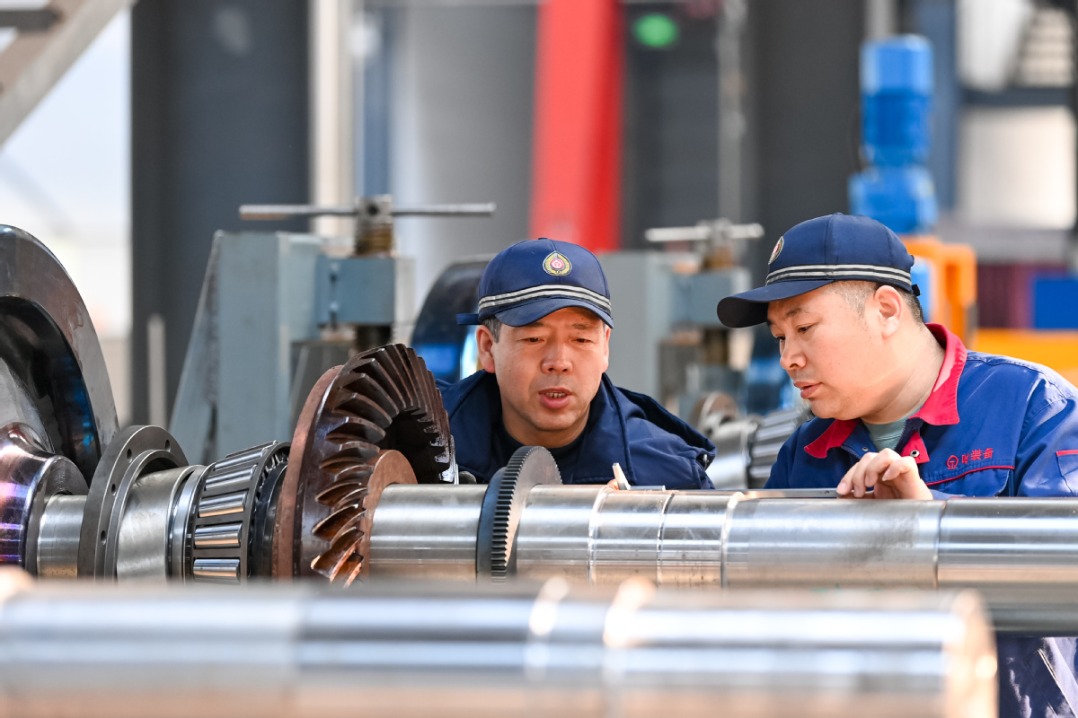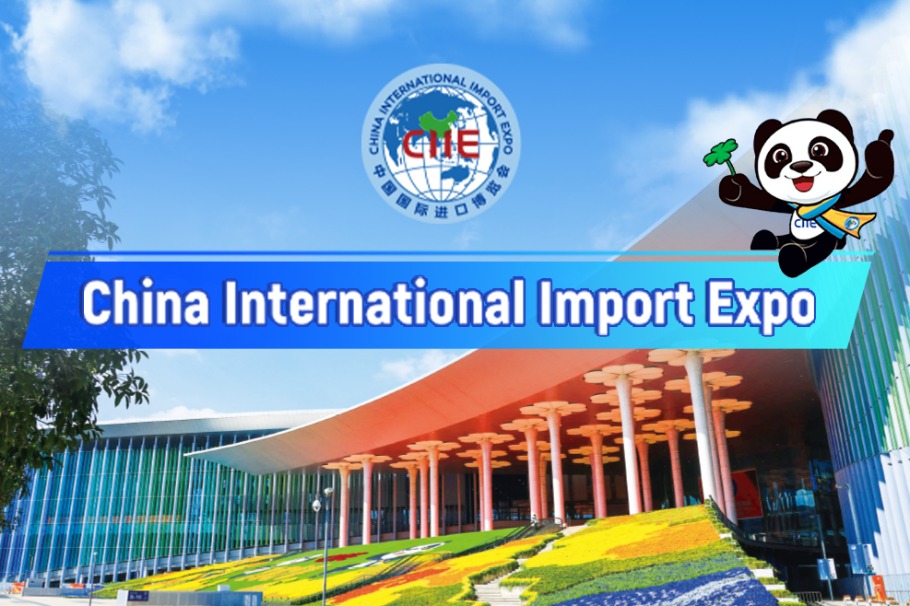Solid moves expected to deliver policy shift


For the first time in 14 years, China has shifted its stance to a "moderately loose" monetary policy for 2025. While the decision signals a strong commitment to reinvigorating growth, it also sparks a debate on how policymakers will overcome challenges in policy adjustments to make this shift effective.
Economists and policy researchers said the government is adopting decisive strategies. Bigger cuts to interest rates and banks' required reserves are on the horizon, in order to prioritize boosting domestic demand and restoring market confidence, coupled with strengthened expectation guidance to prevent any sharp depreciation of the yuan.
Beyond the conventional approaches, new tools are being introduced to improve policy efficiency and expand room for maneuvers. These include expanding central bank purchases of government bonds and extending targeted support for real estate, the stock market and consumption, according to policy researchers.
The measures are designed to overcome the hurdles facing macroeconomic policy adjustments. The scope for conventional monetary easing has narrowed over time, especially as a strong US dollar is putting pressure on the Chinese yuan, while the effect of easing moves in boosting borrowing could be eroded by subdued consumer sentiment amid housing price adjustments.
Monetary easing
By strengthening the potency of monetary easing in a multipronged manner, the unfolding policy pivot can deliver real economic momentum against domestic and external headwinds, with both economic growth and the yuan expected to strengthen in the second half of 2025, experts said.
Referring to the shift announced during the tone-setting annual Central Economic Work Conference held in December, Luo Zhiheng, chief economist at Yuekai Securities, told China Daily that the change in monetary policy stance from "prudent" to "moderately loose" for the first time in 14 years carries "significant implications".
This policy shift was reiterated by the People's Bank of China. The central bank said in a meeting statement on Friday that it will cut interest rates and the reserve requirement ratio — the proportion of deposits banks must keep as reserves — at an appropriate time, as part of its efforts to increase the intensity of monetary policy adjustments.
The PBOC's statement also mentioned the need to balance easing moves with yuan stability, vowing to stabilize market expectations, firmly prevent one-sided foreign exchange market expectations from arising and self-reinforcing, and maintain the yuan exchange rate at a generally stable, reasonable and balanced level.
Luo said the ultimate support for the Chinese currency will be improvements in economic fundamentals, so cutting interest rates further is essential. It will reduce the financing costs of corporate investments and residents' homebuying, given that real interest rates have risen amid low price levels, he said.
Real interest rates deduct inflation from nominal interest rates and represent real financing costs.
Luo added that he sees the scope for approximately 0.5 percentage point of interest rate cuts and 0.5 to 1 percentage point of reserve requirement ratio reductions this year.
Last year, the central bank lowered the seven-day reverse repo rate — a key policy benchmark of interest rate — by 30 basis points to 1.5 percent and reduced the RRR by 1 percentage point, releasing about 2 trillion yuan ($273 billion) in liquidity.
The onshore yuan weakened by 222 basis points to 7.3216 against the dollar on Friday, said market tracker Wind Info, amid dual pressures from potential additional US tariffs and a widened US-China interest rate differential. The US is slowing down interest rate cuts, while China is expected to make bigger cuts.
"The yuan may face some depreciation pressures in the first half of 2025, but may rebound in the second half as the policy efforts take effect, experiencing fluctuations but remaining essentially stable," Luo said.
He added that the country's complete industrial chains and large middle-income population would underpin the resilience of the Chinese economy and currency.
Nevertheless, the use of traditional monetary policy tools may face some constraints, policy researchers said. For instance, some experts deem 5 percent as an unstated floor for China's RRR, as against the current level of about 6.6 percent on average, while others believe there is room for further declines as some advanced economies have reduced the RRR to zero.
Ming Ming, chief economist at CITIC Securities, said that China needs to maintain a certain level of RRR above zero under the current policy framework, while the efficacy of interest rate cuts could be undermined by low inflation.
To address the potential constraints facing traditional policy tools, policymakers are exploring innovative easing measures as discussed at a recent top-level meeting, Ming said.
At a meeting held by the Political Bureau of the Communist Party of China Central Committee in early December, the top leadership called for strengthening "unconventional countercyclical adjustments".
Innovative measures
While there is no strict, uniform definition of unconventional countercyclical adjustments, economists said the term in general refers to stimulus measures other than interest rate cuts, RRR reductions and traditional open market operations, and usually involves closer coordination of monetary and fiscal policies such as quantitative easing, or QE, taken by some advanced economies.
"QE is unlikely to be among the central bank's options, but the pattern of moderately loose monetary policy over the next period may exhibit similar characteristics," Ming said.
China still has room for conventional adjustments, while typical quantitative easing takes place when the conventional policy space exhausts, and it involves central bank subscription of government bonds in the primary market, which is prohibited by Chinese law, he said.
Instead, the central bank is expected to step up secondary-market government bond trading to facilitate expansion in government bond issuance, Ming said, with his team forecasting that central bank net purchases of treasury bonds may increase to 2.24 trillion yuan in 2025.
In August, the central bank started secondary-market treasury bond trading as a tool to provide liquidity and manage bond market yields, with a net purchase of 1 trillion yuan for the whole year, data from the PBOC showed.
Ming added that there is scope for innovating targeted tools to directly support consumer spending.
The PBOC statement on Friday said it will enrich the monetary policy toolbox, carry out the trading of government bonds and pay attention to changes in long-term yields, while vowing more targeted measures to meet reasonable consumer financing needs.
The central bank also reiterated its commitment to keeping the development of the financial market stable, with an emphasis on "maintaining capital market stability".
On Thursday, the PBOC completed the operation for the second time of a policy tool that encourages stock market investments by financial institutions.
Lu Ting, chief China economist at Nomura, said that if the central bank launches unconventional policy tools, in coordination with fiscal policy, to help clear unpaid debt in the real estate sector, it would greatly help mitigate financial risks and facilitate a more robust economic recovery.




































